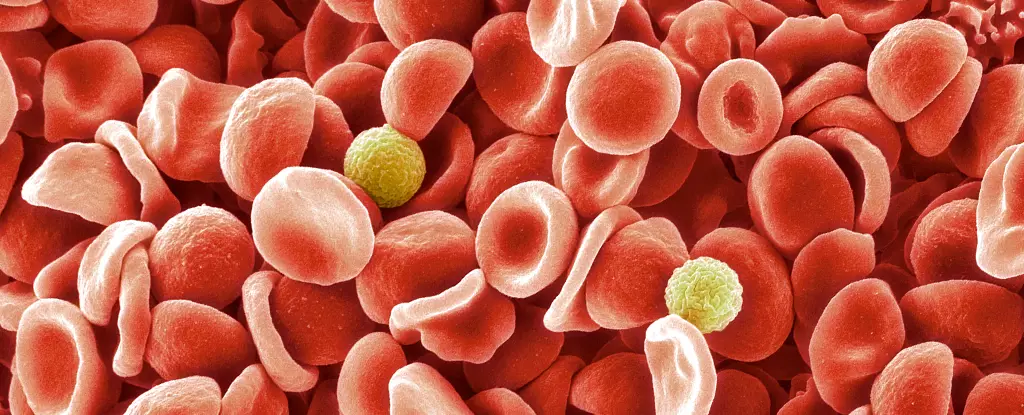In a remarkable discovery spanning over five decades, researchers from the UK and Israel have identified an entirely new blood group system in humans, aptly named the MAL blood group. This revelation stems from a puzzling case dating back to 1972 when a pregnant woman’s blood sample revealed an unexpected absence of a surface molecule commonly found in other red blood cells. In a study published in September of this year, the intricate journey of understanding this anomaly culminated in a historic breakthrough that could reshape approaches to transfusions and patient care, particularly for individuals with rare blood types.
The Significance of Blood Group Systems
Blood group systems are fundamental to our understanding of human biology, particularly in clinical settings. Most people are familiar with the ABO system and the Rh factor, which classify blood types based on specific antigens. However, humans possess a myriad of blood group systems characterized by distinct cell-surface proteins and carbohydrates that function as crucial identification markers. These markers help the immune system to differentiate between ‘self’ and ‘not-self’, which is vital during blood transfusions. Misalignment between the donor’s and recipient’s blood antigens can lead to severe and sometimes fatal immune reactions.
Though many blood groups were cataloged early in the 20th century, newer systems like the recently recognized Er blood group and now the MAL group indicate that the complexity of human blood is far from fully mapped. The discovery of MAL adds another layer to our comprehension of hematology and emphasizes the ongoing need for research into special cases that could affect patient treatment protocols.
Dr. Louise Tilley, a hematologist with the UK National Health Service who has dedicated nearly 20 years to this research, expresses both excitement and relief at the establishment of the MAL blood group. The process of uncovering the nature of this group proved challenging due to the rarity of related genetic cases. Over 99.9% of the population carries the AnWj antigen, which is notably absent in individuals with the AnWj-negative blood type found in the 1972 case. This observation underlined the need for extensive research to understand the genetic makeup of individuals lacking this antigen.
The researchers identified the MAL gene responsible for this missing antigen, which resides on a protein linked to myelin and lymphocyte functions. Interestingly, the absence of the AnWj antigen is not merely a genetic oddity; it also seems to be influenced by blood disorders that can temporarily suppress its expression, further complicating diagnosis and treatment.
The identification of the MAL blood group holds significant implications for medical science. By understanding the genetic underpinnings of blood group discrepancies, clinicians can more accurately diagnose patients with rare blood types. Tilley and her team’s research enables testing for whether a negative MAL blood type stems from inherited genetic mutations or is a result of antigen suppression—potentially signifying deeper health issues.
The MAL protein itself is essential, contributing to the stability of cell membranes and facilitating transport functions among blood cells. This newfound knowledge will influence preventative strategies and therapeutics within hematology, equipping healthcare professionals with the tools necessary to offer tailored care to those affected by these rare blood anomalies.
The discovery of the MAL blood group system not only enriches human genetic science but also projects a hopeful trajectory for future medical treatments. Rare blood types, often overlooked, can have severe ramifications for patients, and elucidating their complexities will undoubtedly lead to better management strategies and ultimately save lives. This discovery is a testament to the enduring pursuit of scientific knowledge and the importance of collaboration across disciplines, igniting optimism for further breakthroughs in the expansive realm of human biology.


Leave a Reply